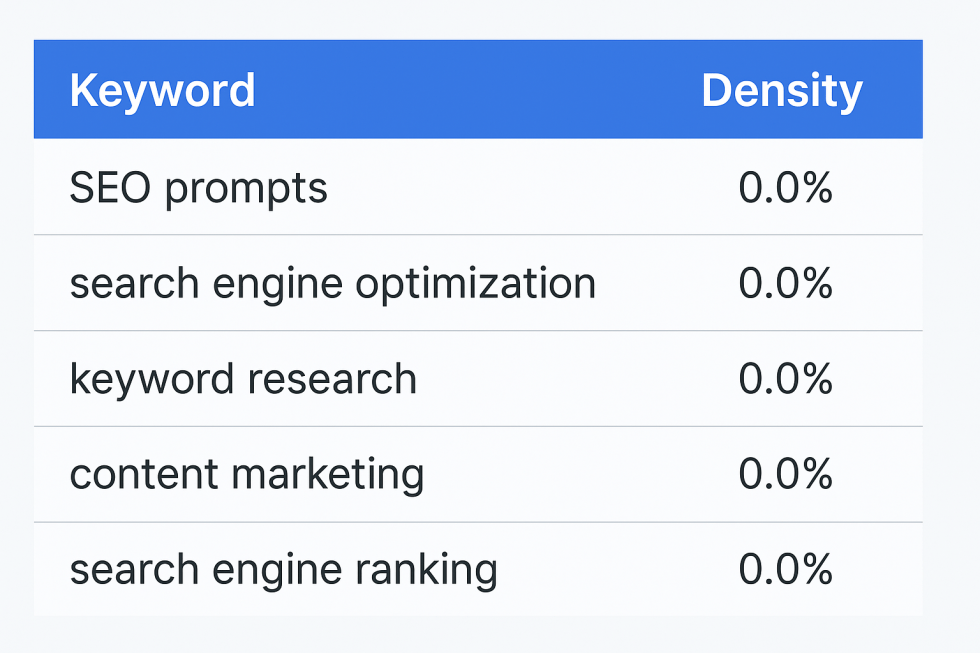
Introduction
Search engine optimization (SEO) is more than just using the right keywords and optimizing website speed. Backlinks from high-quality referring domains and diverse subnets play a crucial role in improving a website’s authority and rankings. But how important are they, and what strategies can you use to attract high-quality referrals? This guide will break down the impact of referring domains and subnets on SEO and provide actionable strategies to build a strong backlink profile.
What Are Referring Domains and Subnets?
Referring Domains Explained
A referring domain is any website that links to your website. The more unique referring domains you have, the stronger your backlink profile, indicating trustworthiness and authority to search engines like Google.
Subnets and Their Role in SEO
Subnets represent groups of IP addresses assigned to a specific network. When multiple backlinks come from the same subnet, search engines may treat them as less valuable because they might be coming from the same entity. Diverse subnets suggest SEO-1/">natural and organic link-building efforts.
Why Referring Domains and Subnets Matter for SEO
1. Boosts Domain Authority & Trustworthiness
The more unique, high-authority domains that link to your website, the more Google trusts your content, improving rankings.
2. Improves Organic Search Rankings
Websites with strong and diverse backlink profiles tend to rank higher in search engine results pages (SERPs). High-quality referring domains contribute to increased visibility.
3. Enhances Traffic & Leads
A well-diversified backlink strategy brings referral traffic from authoritative sources, leading to more conversions and engagement.
4. Reduces Risk of Link Spam Penalties
A backlink profile with diverse referring domains and subnets looks more natural to search engines, reducing the chances of algorithmic penalties.
Strategies to Attract High-Quality Referring Domains & Diverse Subnets
1. Create Link-Worthy Content
High-quality content naturally attracts backlinks from reputable sources. Focus on:
- **In-depth blog posts & guides**
- **Original research & statistics**
- **Infographics & visual assets**
- **Case studies & success stories**
2. Guest Blogging on Authority Websites
Writing guest posts on reputable websites allows you to earn backlinks while providing value to a new audience. Prioritize:
- Websites with **high domain authority (DA)**
- Industry-relevant blogs
- Platforms with strong engagement
3. Leverage Digital PR & Outreach
Getting featured in online publications can generate backlinks from trusted domains. Try:
- Pitching your expertise to journalists (via [HARO](https://haro.com) – Help a Reporter Out)
- Issuing press releases about milestones and achievements
- Partnering with influencers in your industry
4. Broken Link Building
Find broken links on high-authority sites and offer your content as a replacement. Steps to follow:
- Use tools like **[Ahrefs](https://ahrefs.com) or [SEMrush](https://semrush.com)** to find broken links.
- Reach out to the webmaster with a replacement suggestion.
- Secure a high-quality backlink in return.
5. Get Listed in Industry-Specific Directories
High-quality directories provide legitimate referral traffic and backlinks. Some top directory sites include:
- Crunchbase (for startups & businesses)
- Clutch (for service-based businesses)
- Product Hunt (for SaaS companies)
6. Build Relationships with Influencers & Bloggers
Networking with industry experts can help attract natural backlinks. Engage by:
- Sharing their content on social media
- Collaborating on content (interviews, podcasts, roundups)
- Commenting on their blogs & forums
7. Sponsor Events & Charities
Sponsoring community events, conferences, and charities often results in high-authority backlinks from their websites.
8. Leverage Social Media & Content Syndication
While social media backlinks don’t directly impact SEO, they increase visibility and chances of earning natural links from high-authority sites.
Measuring the Impact of Referring Domains & Subnets on SEO
1. Track Backlink Growth
Use SEO tools like Google Search Console, Ahrefs, or Moz to analyze new referring domains.
2. Analyze Domain Authority & Trust Score
Check the authority of referring domains using tools like Moz DA Checker or Ahrefs Domain Rating (DR).
3. Monitor Organic Traffic & Rankings
Use Google Analytics to track traffic from referring domains and analyze improvements in SERPs.
Final Thoughts
Referring domains and subnets are critical to SEO success, helping websites establish credibility, boost rankings, and attract organic traffic. By implementing high-quality link-building strategies, businesses can secure valuable backlinks from authoritative, diverse sources, enhancing long-term SEO performance. Start building strong relationships, producing valuable content, and leveraging digital PR to attract high-quality referrals and stay ahead in search rankings.
📧 Stay Updated
Get the latest web development tips and insights delivered to your inbox.




